When I was a senior in high school I took a physics class and absolutely hated it. I struggled to keep up with the rest of the class and ended up dropping out halfway through the year.
A few years later I had to take a physics class in college. I immediately remembered my high school physics class and was panic stricken at the thought I having to go through that again.
This time however, I loved my physics class. My college professor made physics fun by teaching things like the physics of Superman. My professor was engaging and made me want to learn about a subject I previously hated, allowing me to excel in class.
I think I’ve come a long way since that high school physics class. I love everything science and hope to get my children enthused about science the same way I am.
With that in mind, I volunteered to review the Physics Simple Machines science kit. Hopefully, it’s a first step on a long, scientific journey for my kids.
The Physics Simple Machines kit is meant to “[e]stablish a foundation in physics by building models of all six simple machines: levers, pulleys, inclined planes, screws, wedges, and wheels and axles.” It is designed for children 8 years and up.
Kids will “[a]ssemble and use a spring scale to measure how the machines change the direction and magnitude of forces, making work easier to do.”
The kit includes an instruction pamphlet, a bag of Lego-like pieces, and a die-cut cardboard sheet.
The pamphlet begins by explaining what simple machines are, defining physics terms, and describing the simple machines that will be used in this kit – levers, wheels & axles, pulleys, inclined planes, screws, and wedges. The pamphlet then explains how force is measured using a spring scale.
The first step in using the kit is to build a water bottle weight.
You take a water bottle, remove the cap, and poke two holes in it. You then thread the string through the hook, the cardboard lid, and the cap. Next, you fill the bottle with half a cup of water and reattach the cap.
This is what the weight looks like in the pamphlet.
However, this is what mine looked like. It wasn’t bad, but the cardboard lid didn’t look as nice as it does in the picture.
After making the weight, you construct your own “spring scale”; although, instead of a spring, the kit uses a rubber band.
It was a pretty simple process, my son was able to do it almost unassisted. You attach the cardboard scale to the rod using the three red pins. You tie the washer to the rubber band, attach the smaller rod to the scale, and loop the rubber band over the small rod and around the lowest pin.
The scale is read by looking at the number that is seen through the washer.
Once you’ve made the weight and scale, there are eight experiments to try. I’m not going to go over all eight experiments individually – I think it would be too boring a read; rather, I’ll go over the pros and cons of doing the experiments.
The experiments themselves are somewhat easy to set up. Most of them involve using the Lego-looking pieces to construct some sort of a machine.
Pictured above are some of the easier machines to create, a lever and a “cart”.
As you can see in the pictures, after you set up the machine, you use the scale to measure the amount of force it takes to move the weight.
There really isn’t much more to the kit. In some ways it’s really simple; however, I did discover some issues.
The first issue I found is the directions weren’t very good. I wouldn’t necessarily say they are hard to follow; rather, they are too vague. A few of the instructions barely do more than say build the machine as shown in the picture.
For a kit that is intended for ages 8 and up, that isn’t enough. I’m 35 years old and have put together more toys and furniture than you could possibly imagine; I have an honorary PhD in Furniture Construction from Ikea University. Despite that, I found myself confused on how to set up an experiment a few times.
Second, the scale is difficult to use. There are actually a few problems with using the scale.
The first issue with the scale is the way it’s set up, it is pretty difficult to read the scale. As you can see above, when the washer is looped around the pin, you can’t see what number is visible through the washer.
Also, if you try the pull the scale away from the machine to make it easier to read, the washer usually slips off the pin.
The second issue with the scale is it’s not always clear how to use it.
The picture above is from the “With and without wheels” experiment. You are instructed to loop the washer around the red pin and then pull the machine to see how much force is required. The problem is, before I’ve even had a chance to pull the machine, the washer is past the markings on the scale; there is no way to know how much force is being used.
Finally – and perhaps most importantly – the kit was pretty boring to use. As I said before, I had hoped to use the kit with my kids and show them that science could be fun. Sadly, there is nothing fun about this kit.
I tried to get my kids to use the kit with me, but that lasted about two minutes. I ended up doing the experiments by myself, but had zero fun doing it. It reminded me of everything I disliked about my high school physics class.
Now in the kit’s defense, it wasn’t advertised as a fun way to get kids involved with science; I just assumed a science kit aimed at a younger audience would attempt to lighten things up. The kit is just too dry, I can’t imagine it keeping the attention of any child long enough for them to learn anything.
Carl Sagan once said, “We live in a society exquisitely dependent on science and technology, in which hardly anyone knows anything about science and technology.” For that reason I think it’s incredibly important for kids to develop a healthy interest in science at a young age, which makes the failure of this kit all the more disappointing.
If you are hoping to get your kids interested in science, I would steer clear of this kit. It’s just going to make your job more difficult and give your kids the impression that science is boring. A quick Google search will result in dozens of sites that are better suited to getting your kids excited about science.
Source: The sample for this review was provided by Assessment Services. Please visit their site for more information.
Force1 Scoot Hand Operated Drone for Kids or Adults - Hands Free Motion Sensor Mini Drones, Easy LED Indoor Rechargeable UFO Toy Flying Orb Ball Drone Toys for Boys and Girls (Blue)
$17.99 (as of 12/24/2025 18:46 GMT -06:00 - More infoProduct prices and availability are accurate as of the date/time indicated and are subject to change. Any price and availability information displayed on [relevant Amazon Site(s), as applicable] at the time of purchase will apply to the purchase of this product.)ALTITACO Drones for Kids With Cool Light, Kids Drone with 3D Flip, Altitude-Hold, Self-Rotation, Headless Mode, 3 Speed Modes, One-Click Take-off/Landing, Mini Drone for Christmas, Beginners, Indoor
26% OffProduct Information
| Price: | $12.95 |
| Manufacturer: | Thames & Kosmos |
| Retailer: | Assessment Services |
| Requirements: |
|
| Pros: |
|
| Cons: |
|

![[#Beginning of Shooting Data Section] Nikon D80 2009/11/08 06:43:30.6 Compressed RAW (12-bit) Image Size: Large (3872 x 2592) Color Lens: 18-70 mm F/3.5-4.5 G Focal Length: 70 mm Exposure Mode: Manual Metering Mode: Center-Weighted 1/5 s - F/16 Exposure Comp.: 0 EV Sensitivity: ISO 100 Optimize Image: Normal White Balance: Preset Focus Mode: AF-C VR Control: OFF Long Exposure NR: OFF High ISO NR: Off Color Mode: Mode Ia (sRGB) Tone Comp.: Auto Hue Adjustment: 0∞ Saturation: Auto Sharpening: Auto Flash Mode: Flash Exposure Comp.: Flash Sync Mode: Image Comment: [#End of Shooting Data Section]](https://the-gadgeteer.com/wp-content/uploads/2016/03/tk-physics-1-600x402.jpg)
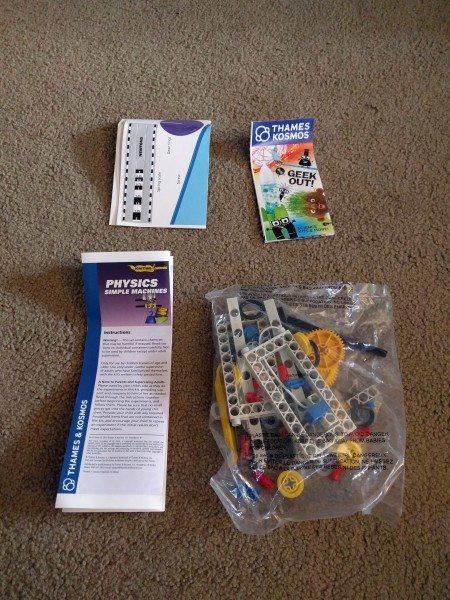
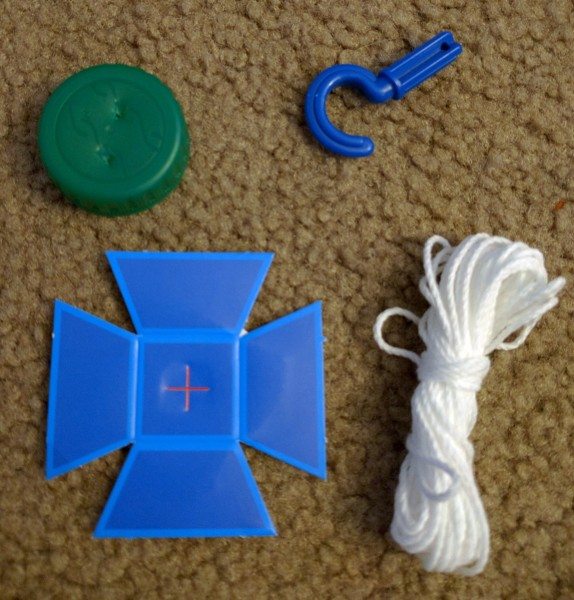
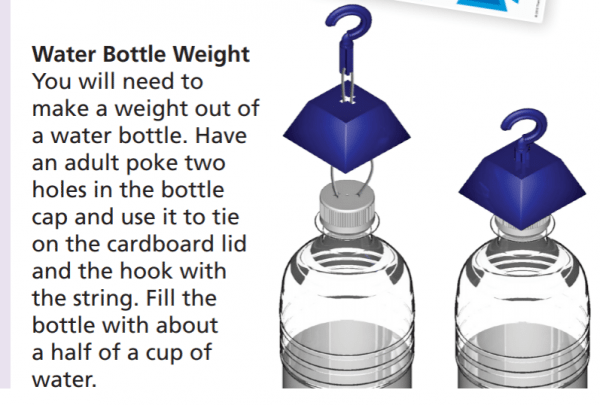

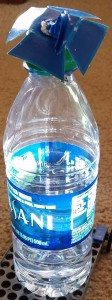
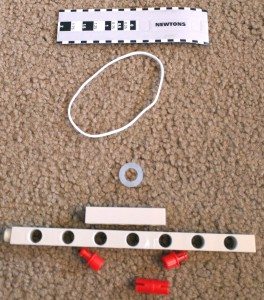
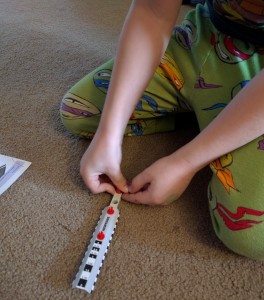
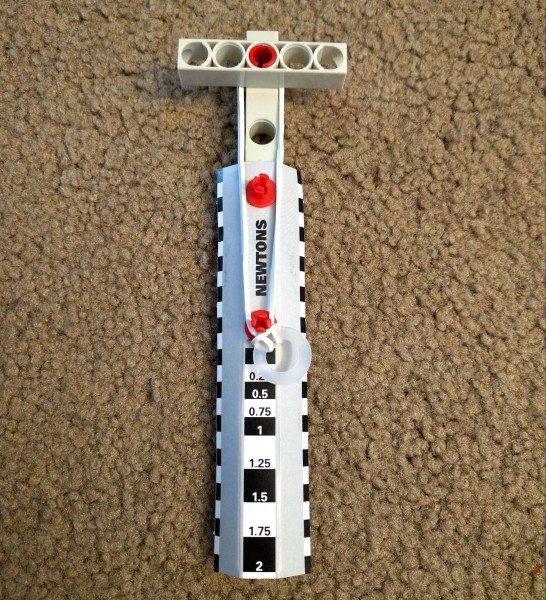
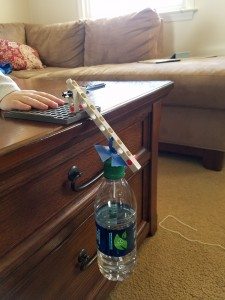
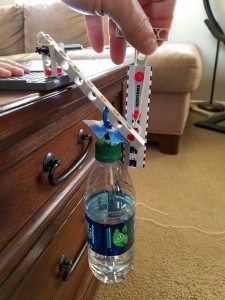
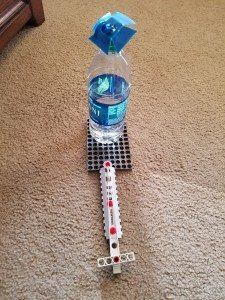
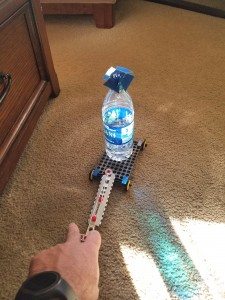
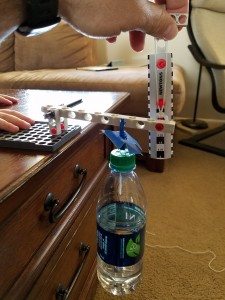
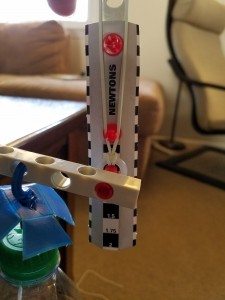

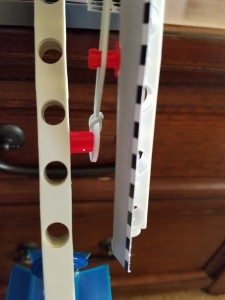



Gadgeteer Comment Policy - Please read before commenting
They have larger, more expensive kits that have more interesting projects. The one we have can build a solar powered elevator.